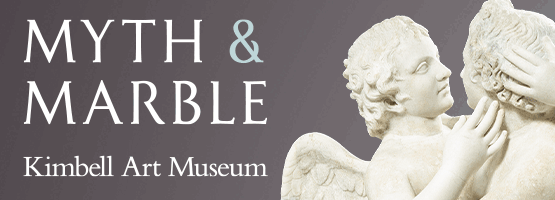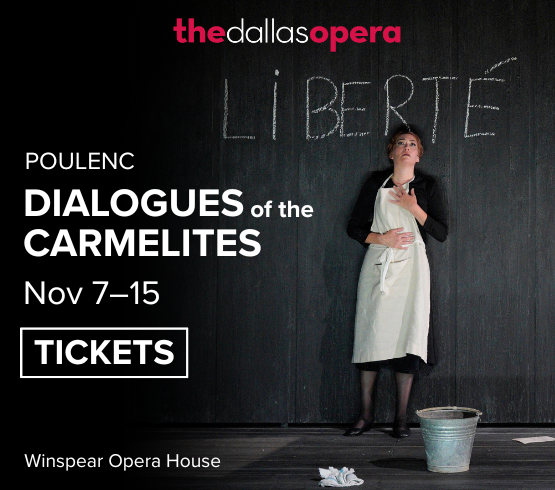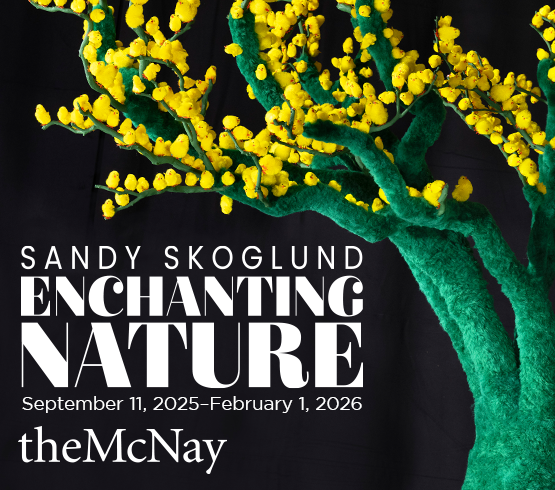We’ve heard it before: The camera doesn’t lie. But photography’s depiction of reality is a bit more nuanced. In fact, one of the camera’s greatest strengths is convincing us that what we see is true.
These twelve women and nonbinary artists use a range of photographic processes to examine and challenge domestic spheres, which are often relegated to the confines of what is considered feminine. Diaries of Home pushes against those confines and shows how ideas of family are changing . . . and how they have always existed, beyond what mainstream society may or may not recognize.
She goes on to say that the works in the exhibition play with the idea of documentary photography, including work by artists whose practices are conceptual, some bordering on the theatrical.
For example, in her series My Pie Town, Debbie Grossman plays with time and gendered expectations by digitally reworking Russell Lee’s historical photographs, which he originally created as part of the United States Farm Security Administration. In Grossman’s parallel world, the town is populated exclusively by women. With Flint is Family, LaToya Ruby Frazier catalogs the clean water crisis in Flint, Michigan, through a matrilineal lens: local school bus driver and poet Shea Cobb, her daughter Zion, and her mother Renée.
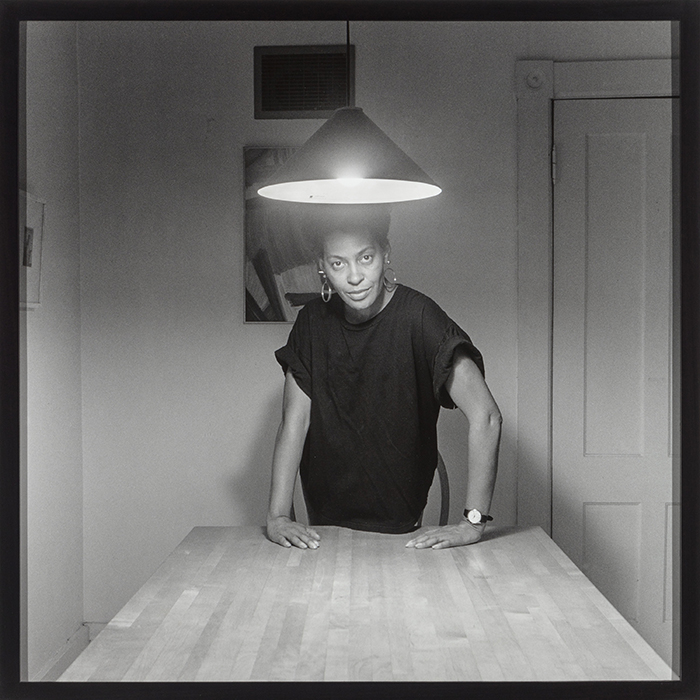
1 ⁄5
Carrie Mae Weems
Untitled (Woman standing), 1990
Gelatin silver print with text panels
27 1/4 × 27 inches
Collection of the Modern Art Museum of Fort Worth, Museum purchase made possible by a Grant from The Burnett Foundation
© Carrie Mae Weems. Courtesy of the Artist and Jack Shainman Gallery, New York.

2 ⁄5
Debbie Grossman
Jessie Evans-Whinery, Homesteader, with Her wife Edith Evans-Whinery and Their baby, 2009–10. Pigment print, 10 1/2 × 14 inches, Collection of the Modern Art Museum of Fort Worth, Museum purchase, The Friends of Art Endowment Fund
© Debbie Grossman

3 ⁄5
Arlene Mejorado
Living Room Dancing, 2021
Inkjet print
26 × 40 inches
Arlene Mejorado
© Arlene Mejorado

4 ⁄5
Debbie Grossman
Doris Caudill, 2009–10
Pigment print
10 1/2 × 14 inches
Collection of the Modern Art Museum of Fort Worth, Museum purchase, The Friends of Art Endowment Fund
© Debbie Grossman
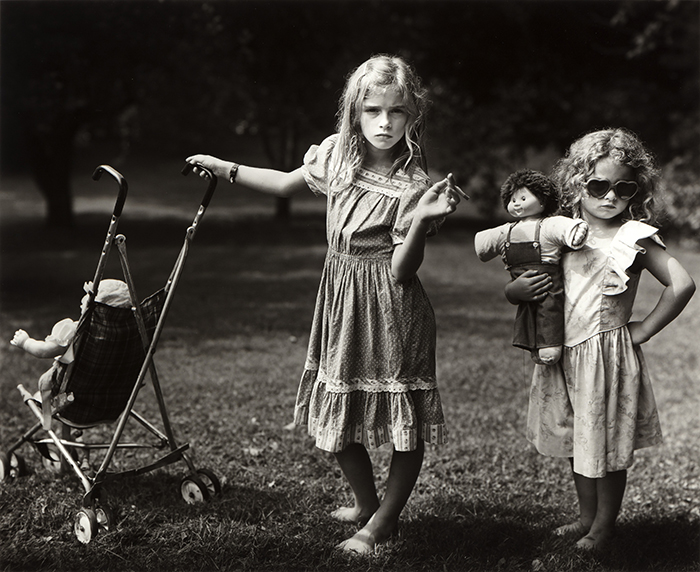
5 ⁄5
Sally Mann
The New Mothers, 1989
Gelatin silver print
20 × 24 inches
Collection of the Modern Art Museum of Fort Worth, Museum purchase made possible by a Grant from The Burnett Foundation
© Sally Mann
Sally Mann’s black-and-white uncontextualized family pictures trigger questions and concerns that perhaps say more about the viewer than the subject. Damaged Child (1984), depicts a child with a black eye; The New Mothers (1989) portrays two young girls in dresses, one holding a cigarette and both showing attitude while carting around baby dolls.
—NANCY ZASTUDIL



